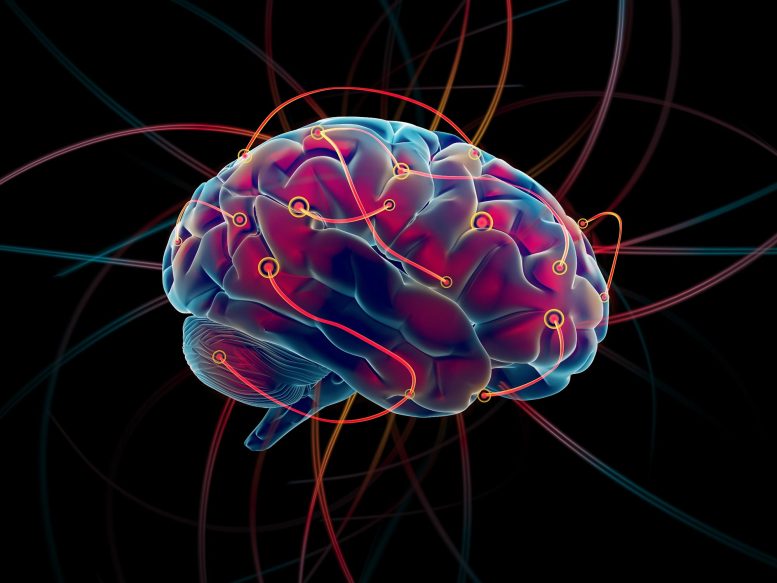How many drinks is too much?
According to a recent rodent study, even tiny amounts of alcohol may cause epigenomic and transcriptomic changes in brain circuitry in a region that is essential for the development of addiction.
The pathways that are involved in setting the brain up for addiction, according to researchers at the University of Illinois at Chicago, are also linked to the highs that come with drinking, such as euphoria and anxiolysis, a state of relaxed but awake sedation.

Subhash Pandey, director of the UIC Center for Research in Alcohol Epigenetics. Credit: Joshua Clark/University of Illinois Chicago
“This suggests that when the brain experiences the anti-anxiety effects of alcohol and the mood lift — the relaxation and the buzz — it is also being primed for alcohol use disorder,” said the study’s senior author Subhash Pandey, the Joseph A. Flaherty endowed professor of psychiatry and director of the Center for Alcohol Research in Epigenetics in the UIC College of Medicine.
Pandey states that while the research does not, for instance, imply that one drink results in addiction in individuals, it does provide some insights into why certain people are more susceptible to alcohol use disorder.
“We’re seeing that dependent behaviors may not always be from long-term, high-quantity habits but a result of rapid epigenetic changes in the brain, which we show in this study may start happening even at low doses,” said Pandey, who is also a senior research career scientist at the Jesse Brown Veterans Affairs Medical Center.
A paper published in the journal Molecular Psychiatry details Pandey’s experiments, which studied rats under control and alcohol exposure conditions.
In the experiments, rodents were exposed to low concentrations of alcohol, and researchers watched as they navigated a maze. After that, the researchers used RNA sequencing to examine brain tissue samples they had obtained after euthanasia and searched for patterns in gene expression.
When the samples were analyzed, the researchers discovered that a gene known as hypoxia inducible factor 3 alpha subunit, or Hif3a for short, was connected to behaviors such as how long rats remained in parts of the maze with enclosed (high anxiety) or open arms (low anxiety).
Alcohol increased Hif3a expression, even after low doses of exposure, and reduced anxiety. And, while many effects of alcohol are different among males and females, there was no difference between the two in this study.
“We saw that low doses, what we consider ‘social drinking,’ changes the gene expression in the amygdala, a brain region that regulates anxiety. In other words, it creates an epigenetic pathway for addiction,” Pandey said.
Pandey and his colleagues also set up additional experiments in which they blocked the gene in the amygdala of rats with or without alcohol exposure to validate its role in mediating anxiety. When Hif3a was blocked, anxiety was increased in control rats, mimicking withdrawal from chronic alcohol exposure. On the other hand, this also prevented the anti-anxiety effects of alcohol.
The researchers showed why, too. Hif3a’s chromatin — bundles of DNA and RNA — are loosely bundled, meaning the genes are easily accessible for transcription changes.
One thing the study does not suggest, however, is what level of alcohol exposure was safe for rodents. Instead, Pandey said, it’s important to know that low doses created priming for addiction. For people, he thinks the takeaway is simple — don’t assume social drinking or even “pandemic drinking” is without risk.
“Alcohol use disorder is complex and challenging to overcome. The information we learned from this study helps us to understand better what is happening in the brain and, one day, may be leveraged to develop better treatments and pharmaceuticals,” Pandey said.






Recommended Comments
Join the conversation
You can post now and register later. If you have an account, sign in now to post with your account.
Note: Your post will require moderator approval before it will be visible.